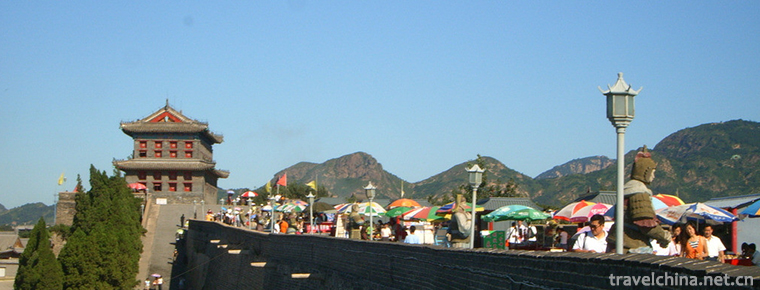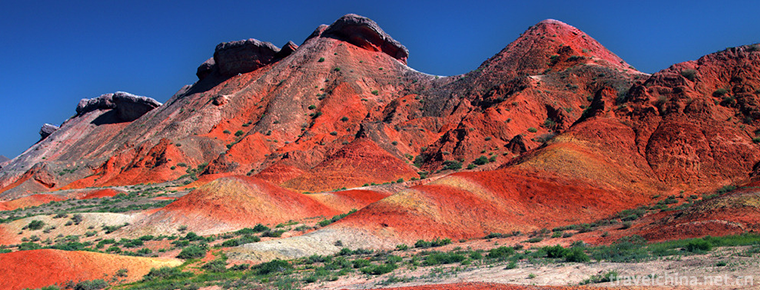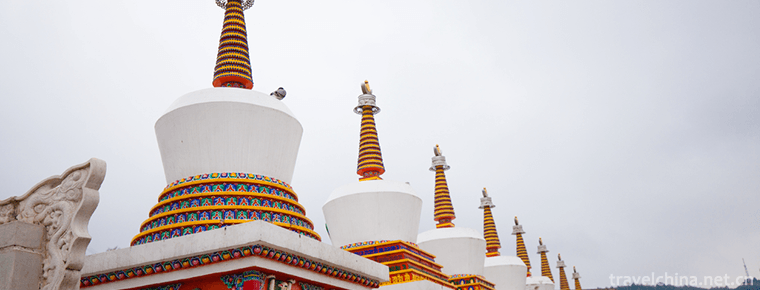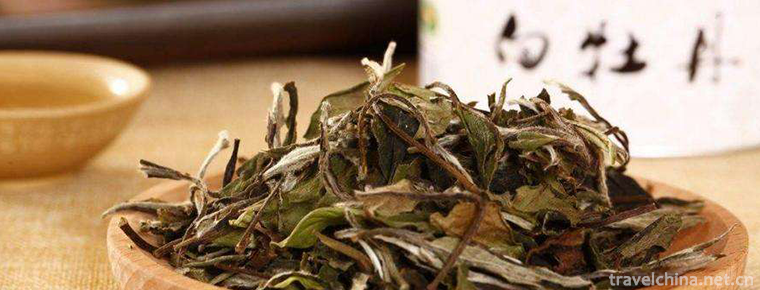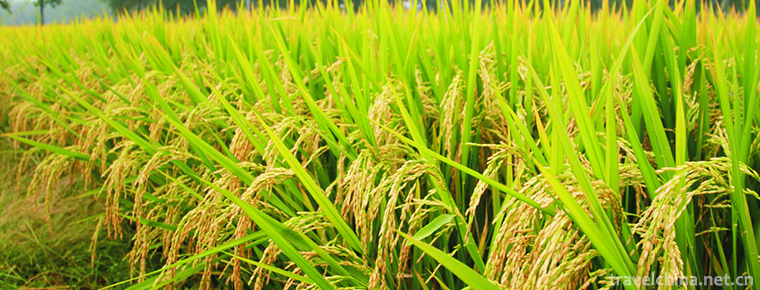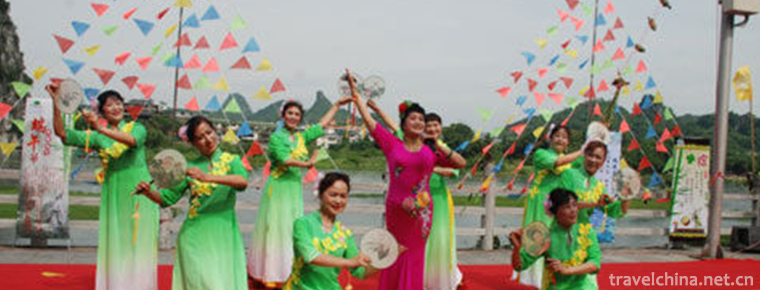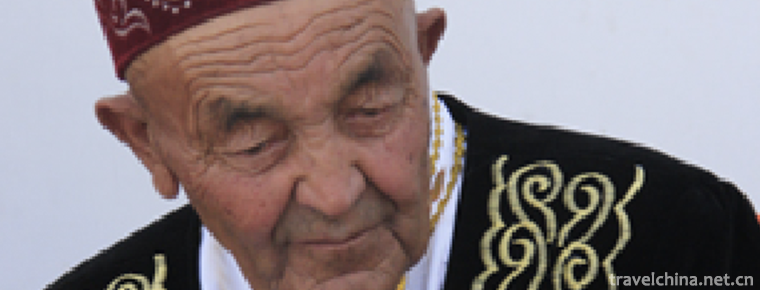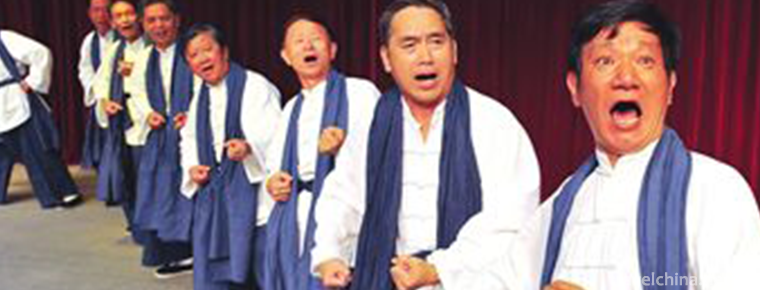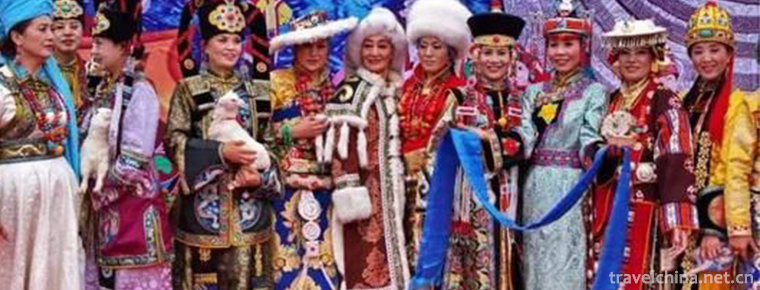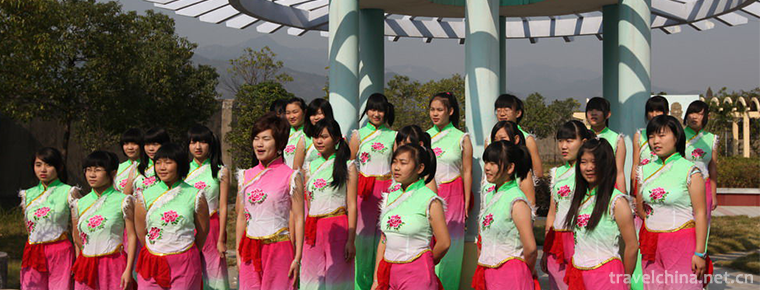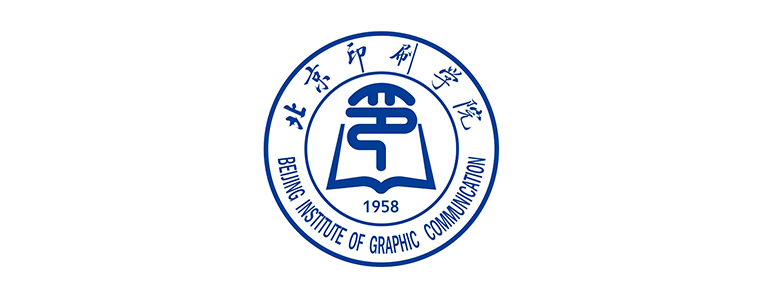Changli folk songs
Changli folk songs
Changli folk song is a kind of local folk ditty inherited from generation to generation by Changli people. The content of singing can be divided into four categories: labor chant, story and legend, love and life.
On June 7, 2008, Changli Folk Song, declared by Changli County, Qinhuangdao City, Hebei Province, was approved by the State Council as the second batch of national intangible cultural heritage lists. Heritage serial number: 573 II-74.
historical origin
Changli County, located at the foot of Yanshan Mountain and the coast of Bohai Sea, is now under the jurisdiction of Qinhuangdao City, Hebei Province, and is a well-known cultural County in the whole country. Changli folk songs, as the main part of the eastern Hebei folk songs, form the present singing style and moistening techniques. It is the accumulation of the hard-working and brave cultural creation of Changli people for thousands of years, and also the result of cultural exchanges and integration of various nationalities and regions. Changli folk songs are mainly about real life or stories and legends. They highlight the melodic features of the dialect of "Lao Sheng Er" by "picking up from the top and sliding down", and have a graceful, delicate and humorous singing style.
Changli Folk Song and Changli Yangge were born at the same time. They have a history of five or six hundred years. Early Changli Yangko was twisted and sung, which was also called "singing Yangko". Later, with the progress of the times, social progress, cultural development, Changli Yangge dance and singing separated, Yangge only twisted not to sing, folk songs only twisted not to sing. Yangge tune in Changli folk song was originally sung when twisting Yangge.
Farmers in old China were poor and backward. They could not afford to go to school or study. I can't read a few words. Changli folk song veteran artists are mostly poor people, no culture, how to learn to sing folk songs? It is mainly taught by mouth and heart. At that time, there were words and no songs in the song book. Teachers sang sentence by sentence and scholars memorized word by word. Cao Yujian, an old artist, recalled his learning to sing folk songs when he was young, said, "There is a Changping in Dapu River, and Zhang Cheng in Xueying. They teach folk songs in our area." The old artist Chang Baoqing said, "When I was young, there were more than 20 happy people in the village. They gathered together for the first New Year and burned their own firewood. They learned to sing with their elders. Others are going to visit relatives to learn, or to go to temple fairs to sell singing books, or to travel to streets and lanes to learn from traveling artists. Chiyangkou folk singer Wang Hexian recalled: "It was 1912, when I was 22 years old, I went to Changli City to go to the fair. I met a singer who was selling a song album while selling it. They were singing the song"Moving Foreign Workers". Everyone listened to the song of opposing the British foreigners'invasion of China, and they were very heartfelt and eager to buy it. In the inner three layers and the outer three layers, I used straw to clip two hundred dollars from a high place to go in, and then clip out the album to buy. After returning to the village, I found another folk song lover Li Zhanao and read to us the literate Wang Lao-san. You and I recalled and sang one sentence, so "Moving the Ocean Worker" was concerted. As a result of oral transmission, some folk songs have similar tunes. Because singing is based on their own voice, language and understanding of lyrics, they have their own choices and creations, so folk songs around the country also have their own unique style and local characteristics.
artistic characteristics
Changli folk song is a kind of local folk ditty inherited from generation to generation by the people of Changli, Hebei Province. Its singing contents are divided into four categories: "labor chant", "story and legend", "love" and "life". The singing of these four kinds of content has its own skills, some of them are impromptu, some of them are emotional, and some of them are emotional, describing people's psychological changes through "embroidery" and "painting", but they all emphasize singing with "native voice" to highlight "taste".
The singing forms of Changli folk songs can be divided into three categories: Yangge melody, singing in a single voice and dialogue. Among them, "Yangko tune" is sung when the masses twist Yangko; "singing in one voice" is sung by only one person, using a pair of bamboo boards, singing by oneself; "Dialogue" is sung by two people, performing simple plot movements, and later developed into singing while dancing, accompanied by a band, thus becoming the embryonic form of opera evaluation.
Ancient music is active in rural areas of Hebei Province. The main ones that remain intact are Taiping Daoist music of Guangzong, Xingtai City, Daoist music of Julu, Qujiaying concert of Gu'an County, Langfang City, and Boxer music of Junlu Village. The common feature of these four kinds of music is that they are dressed in religious clothes, but fully embody the national cultural tradition. They can be called solemn and elegant music of the combination of monks, Confucianism and Taoism. These precious ancient cultural heritages are the treasures of Chinese national music. They compete in the folk music garden for their simplicity, elegance and uniqueness.
Representative works
Like other folk songs in other areas, Changli folk songs are created collectively by the working people in production, life and social activities, and are the crystallization of the collective wisdom of the working people. It is rooted in the people and is better than hot soil, so it is closely related to the production and life of the people. For example, "Fishermen's Chant" and "Handling Chant" and "Tamping Chant" in Changli folk songs are the slogans shouted and chanted by the Changli working people while they are engaged in heavy physical work, which gradually evolve and develop, enhance the musicality, reduce the spoken language and form a rap-and-sing style. The folk song "Labor Chant".
In Changli folk song, there is a kind of "hawking tune", which is sung by the vendors when they are doing business. For example, the song "Selling Needles Tune" is sung like this: "Wrap up one bag again, wrap one bag after another, wrap up good steel bars in the bag. Packing one bag after another, this bag is better than that one, so that you often come, so that only once, my name is Lumingshan, so that you can pass on your name. This needle seller, Lumingshan, is a Changli man. He rushes to the store to sell needles while singing. He solicits customers and sells needles on a small scale, but his business is also prosperous. A good folk song is a display of local customs. Changli folk song is the concrete embodiment of the folk customs in Changli area. For example, the folk song "Running Guandong" is a portrayal of the miserable life of Changli people in the old society. The song says:
The first month is the New Year. My son and father run to Guandong and never return. Looking ahead: March is long. Uh-huh, uh-huh, uh-huh. It's embarrassing to think before and after.
Uncle Zhang Jianbizi, Guandong said, Nu had the intention to write home letters and take them there. He studied ink and dipped it in his pen. He never started. Uh-oh, hey, hey, I heard that the ground in Guandong is too wide.
This folk song reflects from one side the reality of the life of the laboring masses in the areas of Dongchang (Li), Luan (County) and Le (Ting) in Jidong Province in old China, who were forced to leave their homes to seek business and learn crafts in the northeast of Guanwai, in order to support their families.
Inheritance significance
Changli folk song is a folk tune inherited from generation to generation by the Changli people. During the process of establishing "Town of Chinese Folk Culture and Art", Changli folk song not only retains its original flavor, but also pays attention to keeping in line with the fashion of the times. The newly created and changed songs such as "New Embroidered Lantern" and "Changli People's Good Style" are widely sung. Many folk songs participate in the catalogue system of CCTV's "Folk Song China" and other columns. 》 The magazine publishes a special issue for Changli Folk Songs. The recording of 20 selected Changli Folk Songs has been completed. The compilation of the book Changli Folk Songs has become a fashionable people of Changli people. At present, listening to folk songs, learning folk songs, singing folk songs, expressing feelings by singing songs, eulogizing happy life and praising the good times have become the fashionable people of Changli people. In the 2014 provincial folk song singing contest, a total of 18 songs entered the finals, of which Changli folk song accounted for one-third of the total number of six, "Fishing Song Chant" won the first prize, and then won the Yanzhao "Stars Award".
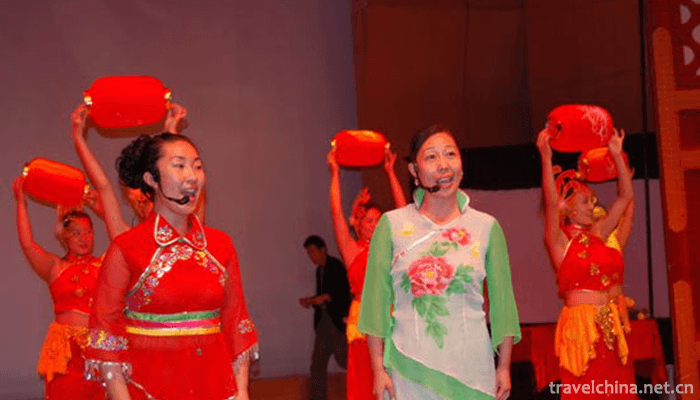
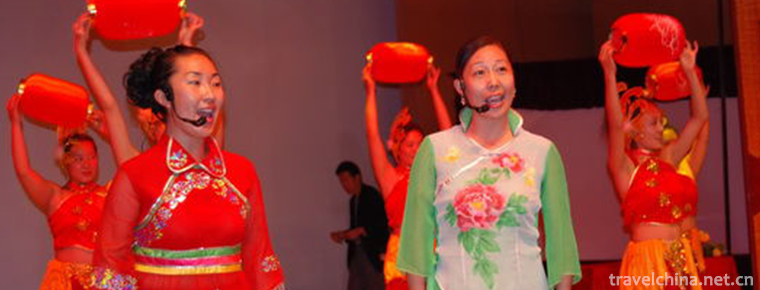
Changli folk songs
-
Qinhuangdao Shanhaiguan Scenic Area
Shanhaiguan, also known as Yuguan, Yuguan and Linluguan, is located 15 kilometers northeast of Qinhuangdao City, Hebei Province
Views: 188 Time 2018-11-24 -
Mount Danxia Scenic Area
Danxia Mountain Scenic Area is located in Renhua County, northeast of Shaoguan, Guangdong Province. Danxia Mountain is composed of red sandy scintillate rocks and characterized by red cliffs. Geologis
Views: 176 Time 2018-12-12 -
Tar Temple Scenic Area
Tar Temple, also known as Taer Temple, was founded in the 10th year of Hongwu Ming Dynasty (1377). Named after the Great Silver Pagoda built in memory of Zongkaba
Views: 180 Time 2019-02-13 -
White Tea Making Skills Fuding White Tea Making Skills
The production technology of Fuding White Tea is the central process of creating Fuding White Tea. It has superb production method and unique scientific and artistic charm
Views: 295 Time 2019-04-03 -
Rice custom
Wannian rice custom and Shangrao Wannian County custom are cultural heritage. Wannian is the "land of rice". The traditional rice custom has been passed down in this area for thousands of ye
Views: 142 Time 2019-04-26 -
Guangxi Wenchang
Wenchang in Guangxi is short for Wenchang, also known as Wenjuzi and Xiaoqu. It is the traditional Solfeggio art popular in the northern Guangxi Mandarin area, especially in Guilin
Views: 123 Time 2019-05-01 -
Kazakh Dastan
Dastan is the main carrier of Kazakh folk culture. It is a folk rap art with a long history. Every Dastan has a complete story. All kinds of Kazakh folk culture are handed
Views: 173 Time 2019-05-02 -
Wharf song
The dock number is a traditional folk song in Shanghai. Singing in docks, cargo yards, loading and unloading, lifting, push and pull and other labor occasions. The main singing methods of wharf number
Views: 150 Time 2019-05-16 -
Mongolian Costume
Mongolian costumes, also known as Mongolian robes, mainly include gowns, belts, boots, jewelry and so on. However, there are differences in styles due to different regions. Mongolian costume has a str
Views: 138 Time 2019-06-03 -
Tongcheng Song
Tongcheng Song is a kind of local folk song originating from Tongcheng, Anhui Province. It is a kind of local folk literature in the form of rhyme created by the local working people collectively. At
Views: 216 Time 2019-06-21 -
Beijing Institute Of Graphic Communication
Beijing Printing College is a full-time general higher education institution established by the Beijing Municipal People's Government and the former General Administration of Press and Publication. Th
Views: 191 Time 2019-09-22 -
Meishan peoples life
In 2019, the per capita disposable income of urban residents is 36743 yuan, an increase of 9.0%. The per capita consumption expenditure of urban residents was 23554 yuan, an increase of 12.0%; the per capita disposable income of rural residents was 18177
Views: 424 Time 2020-12-18
